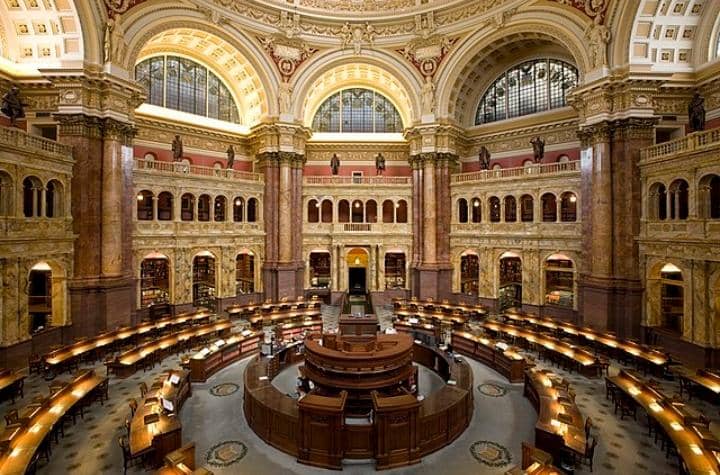The Library of Congress, located in Washington, D.C., United States, is the largest library in the world by catalog size. With a collection of over 173 million items, the library serves as a vital resource for researchers, scholars, and the general public.
The library was established in 1800 by an act of Congress and was originally housed in the new Capitol building. In 1814, during the War of 1812, the British burned down the Capitol building, destroying the library’s collection.
Former President Thomas Jefferson offered his personal collection of 6,487 books to replace the lost volumes, laying the foundation for the library’s future growth.
Today, the Library of Congress occupies three buildings on Capitol Hill and has a collection that includes 41 million books and other print materials, 4.1 million recordings, 15 million photographs, 5.6 million maps, and 75 million manuscripts.
The library adds approximately 12,000 items to its collections daily, the majority of which are received through the Copyright registration process.
One of the unique features of the Library of Congress is its vast collection of rare and unique materials. The library holds the world’s largest collection of legal materials, the world’s largest collection of films (over 7 million), and the world’s largest collection of maps (over 5.5 million).
The library also houses the papers of 23 U.S. Presidents, from George Washington to Calvin Coolidge.
The Library of Congress is not only a repository of knowledge but also a center for cultural and educational programs. The library hosts exhibitions, lectures, and concerts throughout the year, attracting millions of visitors annually.
The library’s website also provides access to a wealth of digital resources, including online exhibitions, databases, and digitized collections.

